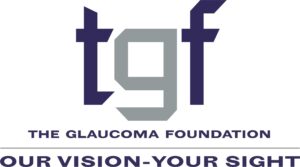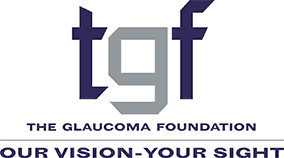
According to studies, although different factors may cause sensorineural hearing loss and glaucoma, they both share a pathophysiology of neurodegeneration. This means that although the occurrence of both diseases in a single individual is not common, it may happen more often than what was previously thought. As it is, about three million Americans have glaucoma, while 30 million have some degree of hearing loss.
Since both diseases impact two basic senses, patients who are diagnosed with both may experience more pronounced changes in their day-to-day lives. Over time, this can create feelings of insecurity, frustration, and isolation that can negatively influence the overall quality of life.
For carers and loved ones, there are a number of ways to support patients with both glaucoma and hearing loss so that they’re still able to enjoy life confidently and comfortably. Read on to find out more:
Offer multi-supportive aids
Contrary to popular belief, not all cases of hearing loss or glaucoma result in complete sensorial loss. As such, for people who still have some level of sight and hearing, it helps to use supportive aids that can enhance both. With this, patients looking for an intersection between vision and hearing may benefit from using hearing aid glasses. As seen on the selections from Nuance, these specialty glasses feature customizable lenses with OTC hearing aids integrated into the frames. Consequently, they can be used with prescription lenses and photochromic lenses that can help glaucoma patients see clearly without photosensitivity. At the same time, the subtle hearing aids can be calibrated to suit different scenarios and needs. For instance, beamforming tech can help users better focus on directional sounds. So, by offering these streamlined aids to your loved ones, it can prevent them from feeling ashamed or overwhelmed by their circumstances.
Provide convenient communication tools
Communication is often a point of struggle for many with disabilities. This is especially true if their disease is not one they’re born with, so they’re forced to “re-learn” how to communicate using new languages. To make this transition easier, carers and relatives can provide more user-friendly tools.
For example, the FacetoFace app is one such communication innovation that can help those with sight and hearing issues. Available as software that can be installed in smart gadgets, this helps facilitate communications between sighted and hearing individuals and patients who have impairments in either or both senses. To use, the sighted or hearing individual just has to type their message into the app. Then, it will be automatically translated into braille for the user with hearing and sight difficulties to read. Having such an intervention on hand can drastically enhance a patient’s day-to-day, especially if their hearing loss or glaucoma is already severe and has impacted how confidently they can connect with others.
Invest in mobility solutions
Loss of independence is another hurdle that patients with glaucoma and hearing loss often experience. To illustrate, glaucoma is known for affecting people’s ability to drive. Aside from the fact that the disease affects crucial peripheral vision, it also causes light sensitivity. Today’s LED headlights produce brighter and more targeted light beams than their halogen predecessors, which can cause painful glare. Similarly, while driving while deaf is largely legal, it can cause drivers to miss out on essential sounds, like horns or sirens. That said, losing the ability to transport themselves can cause many patients to feel inferior or less capable. Investing in mobility solutions can curb these negative feelings by helping transport options adapt to the individual rather than the other way around. Going back to the discussion on driving, an example of such mobility options includes using wide-angle and blind-spot mirrors inside and outside of a vehicle. Since these have a wider field of view, they can compensate for poorer vision. They can also help drivers better notice visual cues that would otherwise be primarily caught via audio. For example, rather than relying on hearing a siren, the wider mirrors can help the driver see the flashing lights that accompany the sound.
Article written by Rose Joanne
Exclusively for

